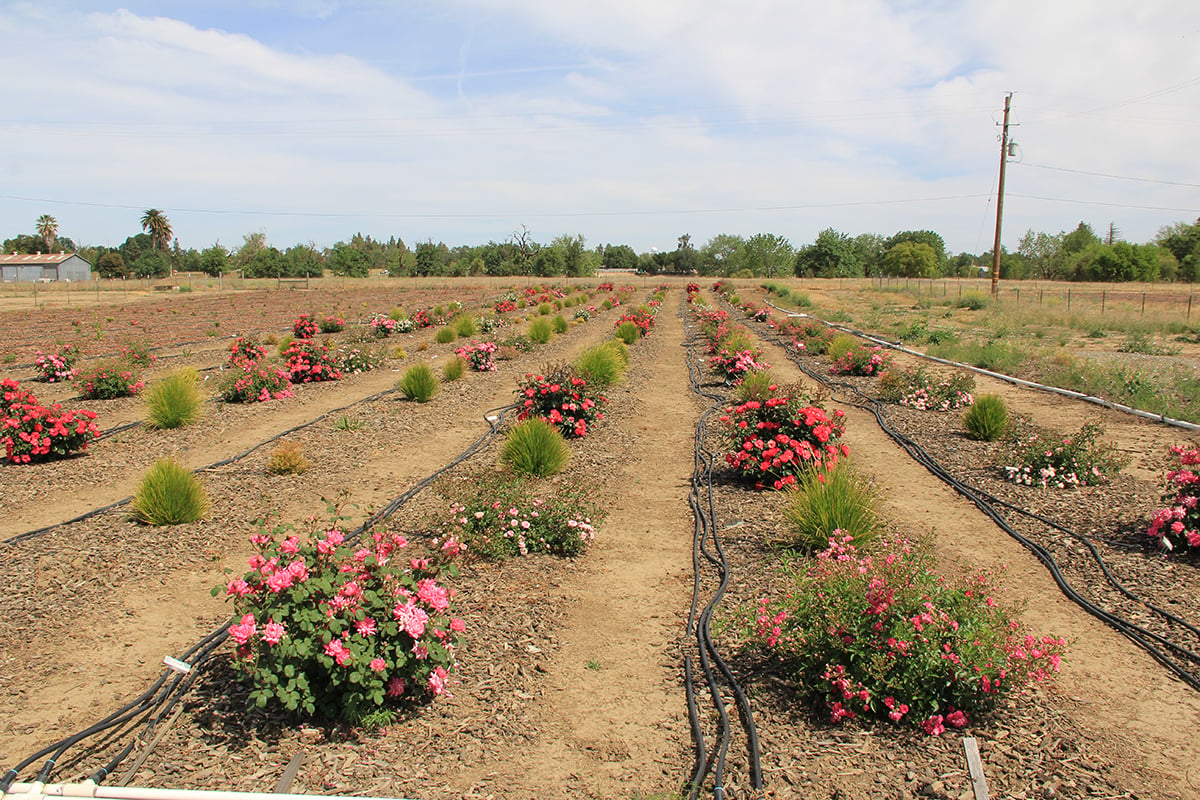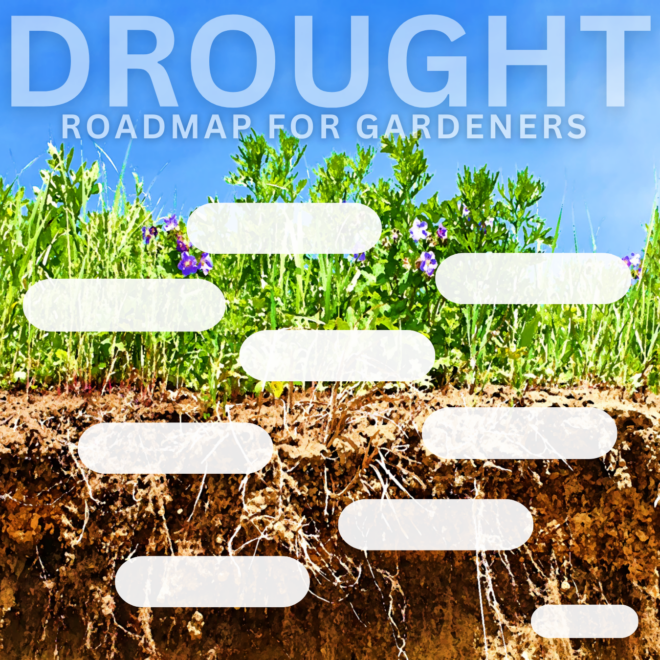
Drought Roadmap for Gardeners: Hydrozoning
Contributor
HYDROZONING INTRODUCTION
Hydrozoning could be viewed as a planting design practice or an irrigation design practice, and to really succeed, they will be working together. In a perfect world, the people designing planting plans and those designing irrigation systems would collaborate to bring both designs into perfect harmony. We can’t leave out the gardeners and people doing maintenance, because as plants are replaced, these hydrozoning efforts can be continued to great effect or totally dismantled over time.
Hydrozoning is the tactic of grouping plants together that (1) have similar water needs in (2) similar conditions so that they can (3) be watered the same.
When we group plants together in the real world, we ideally strive to understand where on the ground the irrigation zones are and design irrigation systems with the planting design to respond to.

As we go through this section, we will explore ways of grouping plants together that have the same water needs, as well as how irrigation zones should correlate with both physical site conditions and planting design. In practice, hydrozoning is both an art and a science. Sometimes a very small tweak to a planting design can have a big impact on how a whole area is watered, and how much water that area needs. The way that irrigation systems are broken up into separate zones (each zone having its own schedule) can be impactful, too. Luckily, we don’t have to have an irrigation system to benefit from the planting design side of hydrozoning—any garden can benefit from using these practices.
CLICK ON THE TOPICS IN THE IMAGE BELOW TO EXPLORE EACH SECTION










Responses